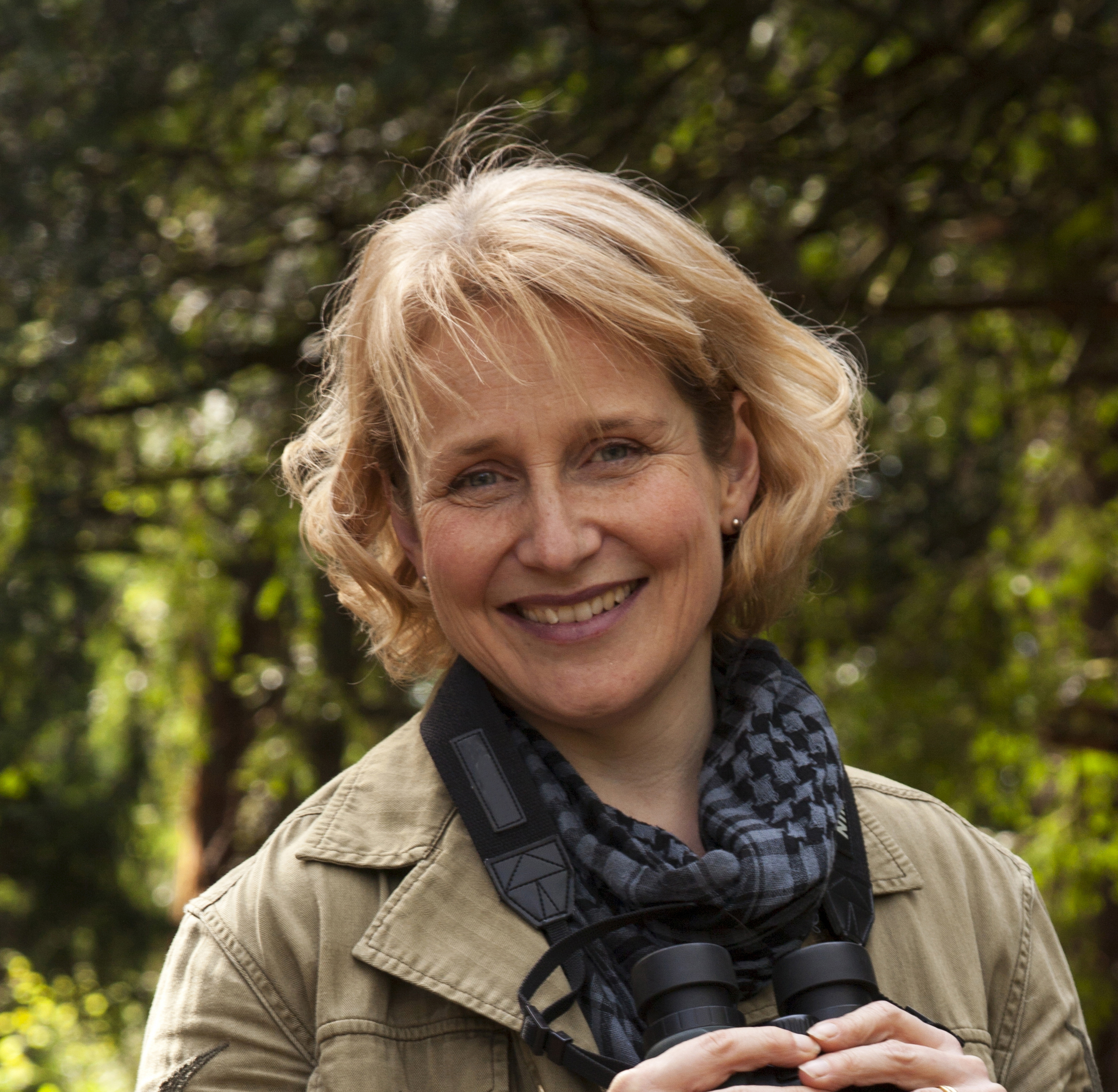The growth rings visible in cut timber mark seasonally alternating phases of fast (summer) and slow (winter) growth that characterise the development of trees.
With careful counting, it’s possible to judge not only how old a tree was when it was felled, but the season in which the cut took place and whether any disease has been present.
Because growing conditions vary from year to year, the rings are not uniform. The record of good (wide ring) and slow (narrow ring) years reads like a barcode, and because the trees in a given area are exposed to broadly the same climate, they will show a similar ‘code’ over the same period.
By analysing the growth rings from samples of varying but overlapping ages (known as dendrochronology), experts can date timbers long after they have been cut and provide a maximum possible age for wooden structures and artefacts.
A continuous cross-matched chronology from English oaks and pines goes back almost 7,000 years. A similar record in Europe covers an amazing 12,000 years.
Do you have a wildlife question you’d like answered? Email your question to wildquestions@immediate.co.uk or post it to Q&A, BBC Wildlife Magazine, Immediate Media Company, Eagle House, Bristol, BS1 4ST.
